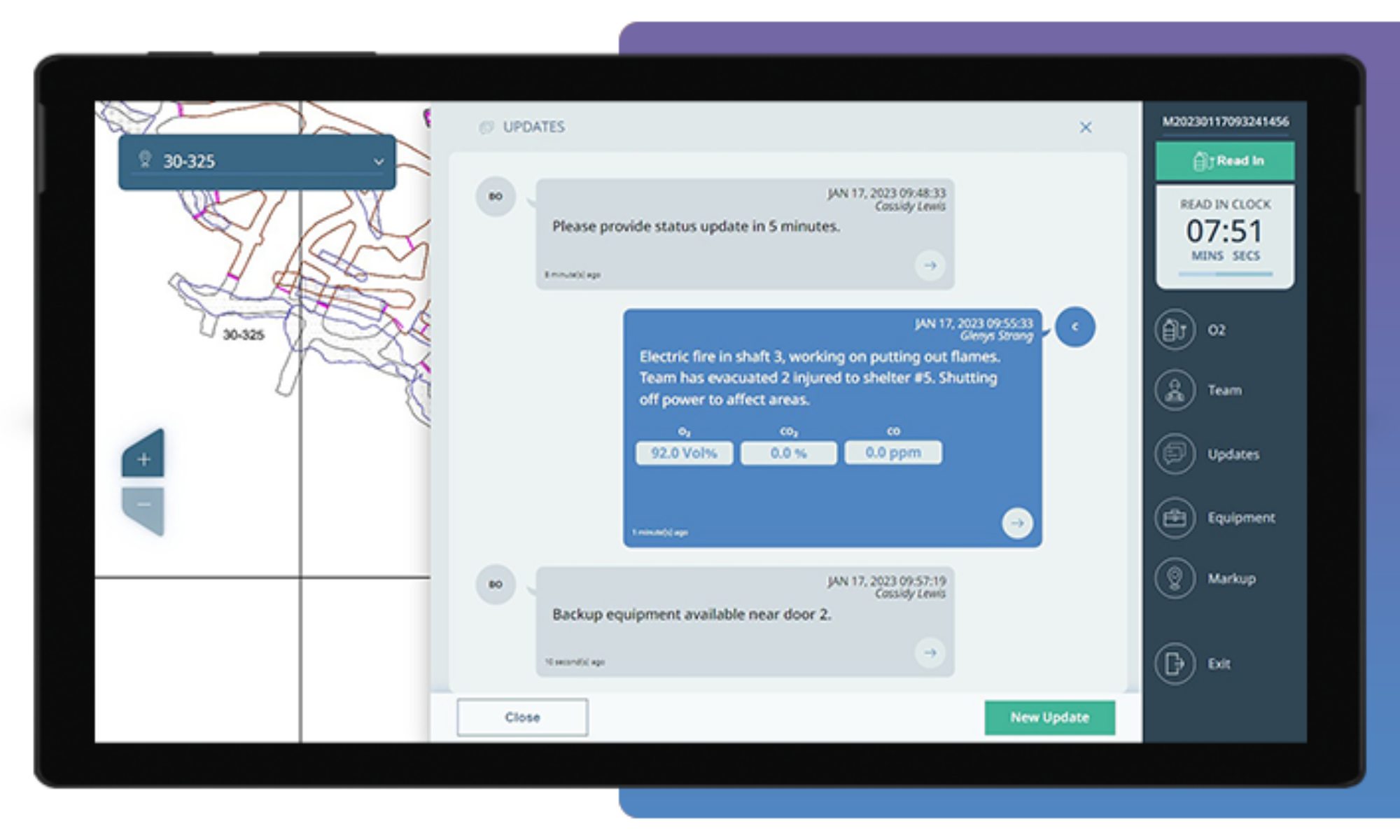Blog
Choosing the Best Maintenance Management Program
November 22, 2021
 Unplanned equipment downtime is costly and inconvenient.
Unplanned equipment downtime is costly and inconvenient.
As an example, it’s been estimated hydraulic power and belt failures can cause upwards of 47 per cent of downtime at mining operations.
Each failure can result in up to $3,000 per hour of lost production, with an average of 60 hours of downtime per incident. That’s a whopping total of $180,000 in lost production.
While nothing lasts forever and equipment has expected lifespans, an operation’s maintenance program can greatly affect if equipment runs efficiently throughout its anticipated operational life.
There are also different approaches to maintenance – reactive, preventive, and predictive – which can help determine the likelihood of equipment failures and downtime.
Reactive Maintenance
Reactive maintenance is basically an “if it ain’t broke, don’t fix it” approach.
The advantage is little or no upfront expense, especially if the equipment is new and there’s minimal chances of failure in the foreseeable future. Up until something breaks, there’s no need to utilize resources on capital costs or maintenance personnel hours.
Problems arise once equipment breaks down, most likely unexpectedly. Because the piece has been run to failure, it will likely require more extensive repairs than pre-emptive maintenance.
A large parts inventory is needed – or downtime may be extended until they are sourced and arrive onsite. The failed piece of equipment might also cause the failure of a secondary piece of equipment, resulting in more necessary repairs.
There’s also a chance the failure happens during off-hours or towards the end of a shift, with money being spent on overtime labour costs.
Factor in lost revenues from the downtime, and reactive maintenance can be the least advantageous for long-term maintenance.
In addition, a lack of maintenance can shorten the overall lifespan of the equipment, which leads to a higher rate of replacement.
Preventive Maintenance
Preventive maintenance (also known as preventative maintenance) involves planning and performing regularly scheduled work on equipment to decrease failures and mitigate downtime.
General types of preventative maintenance are time-based (e.g., every 30 days) or usage-based (e.g., every 10,000 km). Scheduling is commonly done following designer or manufacturer guidelines, which involves advance planning and coordination to complete activities.
In addition to extending equipment life and increasing reliability, a US Department of Energy report estimates a preventive maintenance program can provide a cost savings of 12 to 18 per cent compared to reactive maintenance.
This makes preventative maintenance a more cost-effective choice for many operations, especially for those with capital-intensive processes. However, there are some drawbacks.
While this method decreases the number of equipment failures, it does not prevent catastrophic failures from occurring.
As scheduling is pre-determined and not based on actual operating conditions, this may result in unnecessary maintenance and associated replacement parts and labour costs.
Dedicated personnel are also needed to conduct the maintenance planning and scheduling.
Predictive Maintenance
Predictive maintenance is based on the actual operating condition of equipment rather than a pre-determined schedule – helping to optimize equipment operations, improve worker safety, and decrease downtime.
This method uses data and analytics to track the current condition of equipment, as well as helping personnel predict when something is likely to fail or need servicing. Maintenance can be scheduled before a failure happens and monitored to ensure its effectiveness.
In doing so, catastrophic equipment failures are virtually eliminated. Preventative and corrective actions can be effectively managed to minimize overtime, and parts ordered in enough time to keep operations flowing smoothly with little maintenance-related disruption.
The same US Department of Energy report estimates predictive maintenance can provide a savings of eight to 12 per cent over a preventative maintenance program, or 30 to 40 per cent savings over a reactive maintenance program.
The report also provides the following industrial average savings of a functional predictive maintenance program:
- Return on investment: 10 times,
- Reduction in maintenance costs: 25 to 30 per cent,
- Elimination of breakdowns: 70 to 75 per cent,
- Reduction in downtime: 35 to 45 per cent,
- Increase in production: 20 to 25 per cent.
Without the right approach to predictive maintenance, however, the initial setup and employee training can be problematic. In addition, it requires a strong commitment by everyone involved to realize long-term savings potential.
How Focus FS Can Help
With the Focus FS Asset Safety Solution, you can develop and manage a maintenance strategy that best suits your requirements.
Our user-friendly system allows you to improve decision-making for the best-possible outcomes. Streamline asset and equipment safety reporting and management processes, providing you with deep insights and data-driven analytics.
Schedule, conduct and share inspections easily using intuitive forms on a mobile device. All forms and related data are securely stored for audits and compliance reporting, which are accessible only to authorized personnel.
Save time and resources by quickly verifying asset and equipment locations, usage and history, and other relevant data. Plan for and manage corrective and preventative actions quickly and easily, then confirm repairs and other work have been completed on time.
Improve inventory awareness with the ability to remotely monitor existing inventory levels. Only order parts as needed and know when to re-order to avoid shortages during time-sensitive projects.
Reinforce your existing security protocols with automated tool check ins/outs, making it easy to keep track of every piece onsite. Eliminate tedious paperwork and enhance accountability with assets and equipment instantly assigned to individual user profiles in the system.
Our Asset Safety Solution is configurable to meet your specifications, complementing and enhancing your existing workflows.
Our software requires little training, but our online Help Centre offers instant access to user guides and tutorials on your device. This assists in user onboarding and success, ensuring consistent data collection that delivers even better results.
Contact us today to find out how our Asset Safety Solution can work for you in realizing a successful and productive maintenance strategy.
Sources:
Mining Global:
https://miningglobal.com/digital-mining/how-combat-unplanned-equipment-downtime
US Department of Energy:
https://www.energy.gov/sites/prod/files/2013/10/f3/omguide_complete.pdf
—
Subscribe to our newsletter
hbspt.forms.create({
region: “na1”,
portalId: “19922270”,
formId: “fb64bf68-e341-4ba5-9fea-f6ba9ecb5a1d”
});



